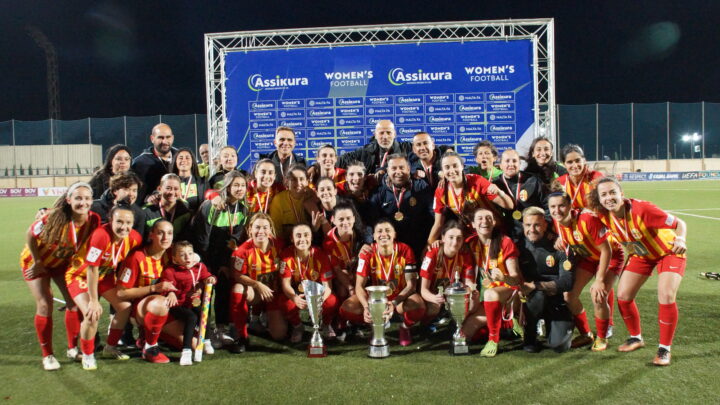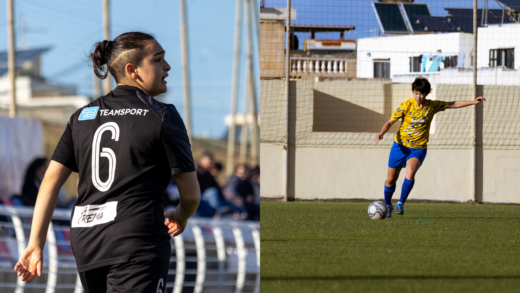The 2023/2024 season saw Birkirkara reign supreme in Malta’s senior women’s football sector. It presented the comeback of Lija Athletic, the debut of Valletta, the introduction of several players, a carousel of coaches and signalled curtains on an illustrious playing career. The season review provides a wider lens on how it unfolded on and off the pitch, the steps made and the ones still to go.
Three Trophies, One Winner
The season unfolded with high expectations as to whether the year would bring a new champion. Seven teams became eight with new teams in Lija Athletic and Valletta. The season opened with high hopes of a pandora’s box with new coaches, players and a change in the league format.
In the Assikura Women’s League things kicked off with a tight four-horse race early on. Meanwhile, Birkirkara backed up last year’s success in the UEFA Women’s Champions League by notching the first victory in the UEFA Women’s Champions League on home turf in dramatic fashion against Breznica Pljevlja, before bowing out to Swiss champions, FC Zurich.
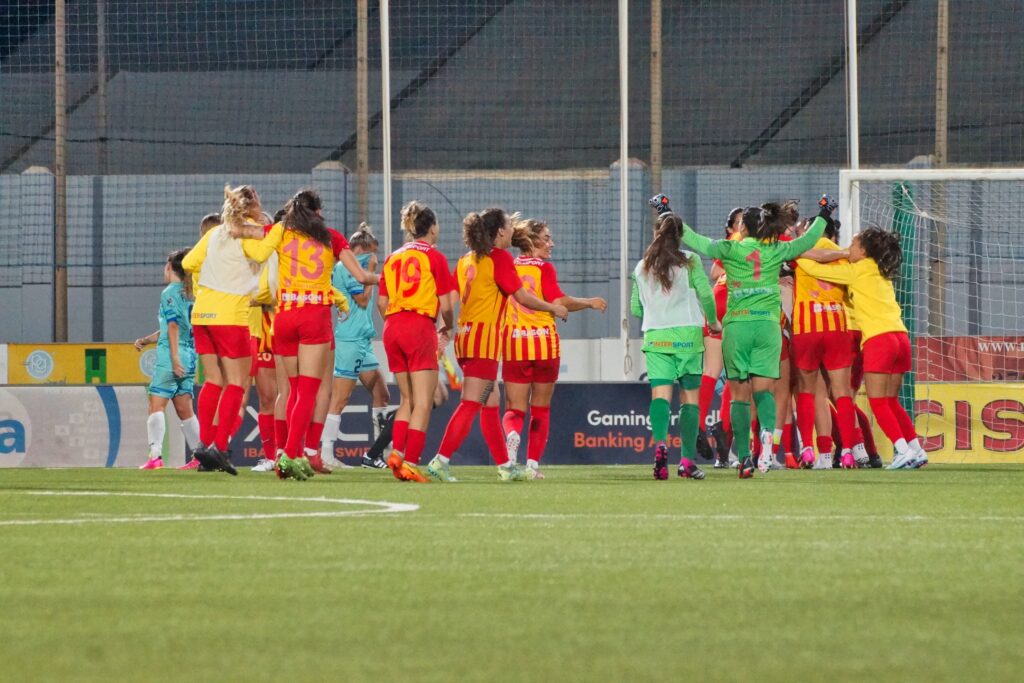
Despite making another step forward in European football, Birkirkara took a hit in losing their unbeaten streak in the league in November. However, the Stripes soaked the pressure and rose to the occasion by clinching the first title, the Super Cup, in December against their rivals Swieqi United.
From then on, Birkirkara latched onto pole position in the league and despite stumbling again following the league split, they closed out the league with a match to spare against their chasers Swieqi United once more. Having eluded them last year, the Stripes had their eye on the treble and this time clinched the Assikura Women’s Knockout to complete it in a final against old nemesis Hibernians.
Along the way, a total of one hundred matches were played domestically that wove another chapter in the women’s game. Several new names rose to the fore, while the season also marked a farewell to a legend of the women’s game in Swieqi United’s skipper Dorianne Theuma.
From bicycle kicks, to back-heeled goals, off the line clearances and delightfully weighted passes, there was plenty to get into throughout the months that passed. The season review gives a chance to weigh things with the benefit of hindsight and the advantage of casting a wider net.
Assessing The League Split
Having already dove deep into the league results and their meaning for each respective team, the focus here is on the holistic season. The change in the league format brought with it many debates ahead of the new campaign. Although there was some initial excitement as all the top-four teams dropped points against each other, an early separation between the top and bottom four quickly eliminated any drama as to how the split would pan out.
What the split was intended to bring with it was a test into whether teams would be able to exploit the learnings from the initial direct encounters. The second promise was that by playing direct encounters, teams in the respective groups had an opportunity to develop rather than walk into certain matches with their only aim being damage limitation or a guess on how much they could dominate. This development would be assessed once teams rejoined in one pool again.
However, spanners were in the works.
The Coaching Disruptions
Although January usually brings some anticipation in terms of player transfers, the focus was squarely on the revolving door of coaches. This was the first point of disruption that makes the assessment of the split a difficult one.
Between January and February, five out of the eight teams had a change in the head coach, with some having seemingly been initiated by the club, while some were caught in mid-season desperately trying to find replacements. The sixth was an anomaly where Birkirkara’s head coach Jose’ Borg remained leading the women’s team, but his focus was suddenly split between the men’s and women’s team. Effectively, this resulted in only Lija Athletic and San Gwann keeping their leading coaches in place, in Jethron Azzopardi and Julian Camilleri, who were both impressing after taking over the respective teams at the start of the season.
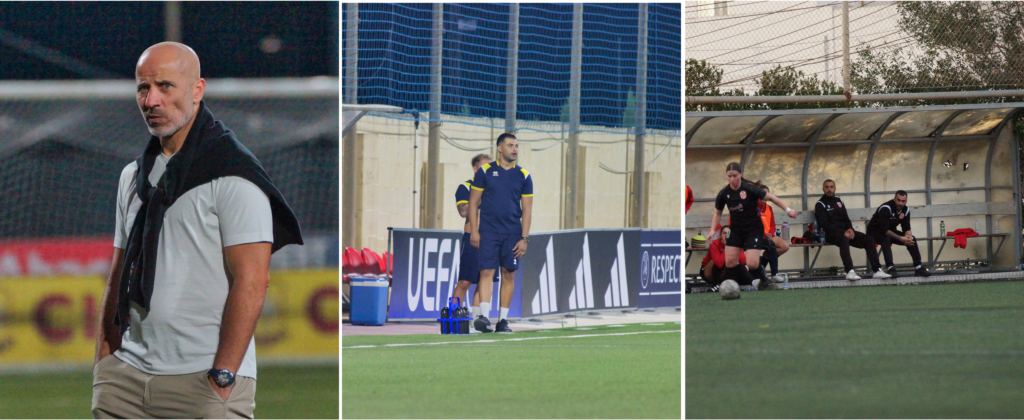
As noted in the league review, Birkirkara and Valletta who had emerged as leaders ahead of the split never relinquished their spots following the split. As for the other teams, while there were some points gained and dropped here and there, the positions in the league remained unchanged. Whether planned or unplanned, at face value one may conclude that no coaching change had a huge impact on the table.
On the other hand, in defence of the coaches that took over, one may consider that taking the reins of a team in mid-season where they would face only direct encounters is a rather tough challenge to walk in. This being said, such instances in football have at times brought feel-good factors and sent teams on positive runs that stunned critics. None of this transpired in the women’s league.
The Plague of Injuries
One factor that was certainly apparent was that the disruption of coaching changes was also paired with an evolving list of injuries. Throughout the season, more than ten players within the senior teams suffered from long-term injuries, some that will take them out for close to a year and in some cases even more. This besides the even longer list of absences that took out players for close to a month or two at a time.
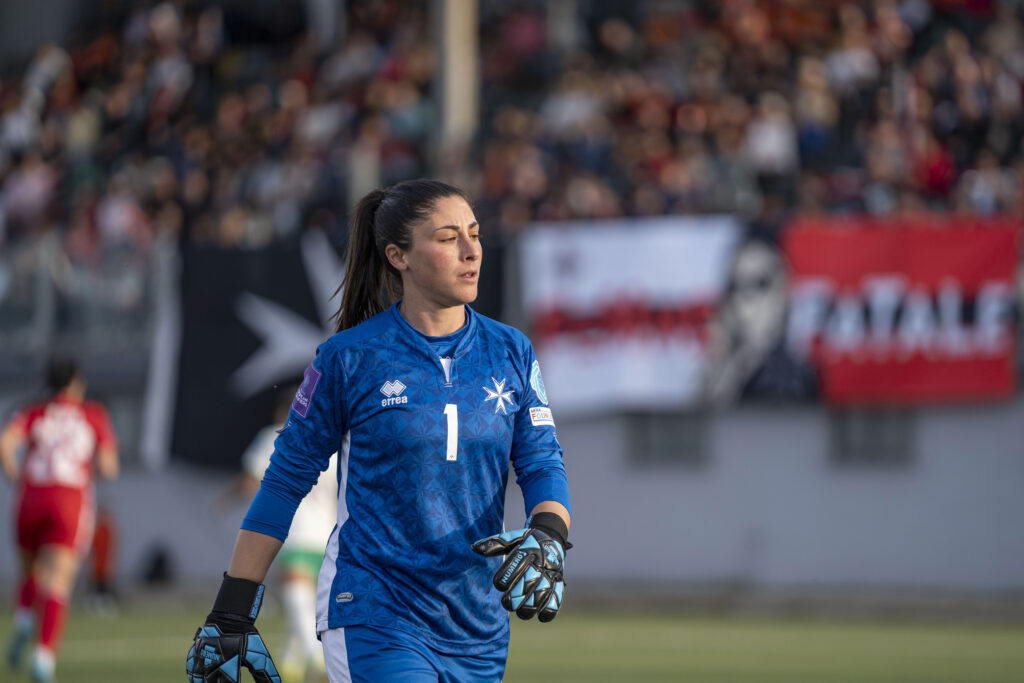
Simply said, the already small squads shrunk further. Having repeatedly shirked questions of rotating players early in the season in the non-direct encounters on the basis of needing to settle a rhythm in the team became quicksand for several clubs. Those who did not adequately give their fringe players opportunities to settle early on were dealt a tough hand as rotation was enforced on them. On the plus side, there were a few players who rose to the challenge when asked upon and grabbed the chances with both hands.
Did it deliver?
As said above, the league split promised to destabilise dominance and to provide a chance for teams to develop by playing more competitive matches. Simply put, the combination of elements discussed above made for little tangible improvements, with most of the teams fire-fighting their issues instead of truly showing progression on the pitch. While minor tactical tweaks were observed, you’d be hard-pressed to find a team that truly exposed the nauseating patterns that had developed by teams early in the season. Simply put, once the Assikura Women’s Knockout rolled around, there were no surprises.
Putting everything together, perhaps the reality is that the list of disruptions, because of coaching changes or otherwise, made it difficult to truly see teams adapt and improve as a result of more direct competitive encounters. In defence of those that took over, the reality is that nine matches are difficult to implement drastic changes.
In this regard, the true assessment of the league split perhaps is better reserved for another year, should the league format remain. However, what the above shows is that there are definitely lessons to be learned for those involved.
Match Organisation & Promotion
Underlying the hum of the season were discussions on all the elements that make up a match, besides the teams participating in it. The move to weekend fixtures and the controversies that arose around the matches held on Thursday was already raised in earlier articles. It is something that will need to be re-assessed ahead of the upcoming season.
Another aspect that came under heavy fire was officiation. Certainly blanket statements are difficult and unfair to make. It would be best to leave this to those trained in officiation. However, things took the deepest dive as crucial title deciding matches were officiated by newcomers who made mistakes that resulted in goals in open play or even penalties awarded that had drastic impacts on the title. Controversy boiled as one official opted not to attend a match, with administrative responses irking more than a few.
On the other hand, efforts seem to have been made to address some of the complaints since. This includes those surrounding the lack of fourth officials, which appear to have been somewhat heard in particular special occasions. Such improvements show an interest in pushing things forward, but as noted above, there’s plenty of lessons to be learned, even in officiation.
On the flip side, one positive aspect this year was the consistent presence of a shared match first-aider, which addresses the complaints aired last year and puts a positive marker on things. However, it seems that most clubs have responded to this by shirking their responsibilities of having their own first-aiders present.
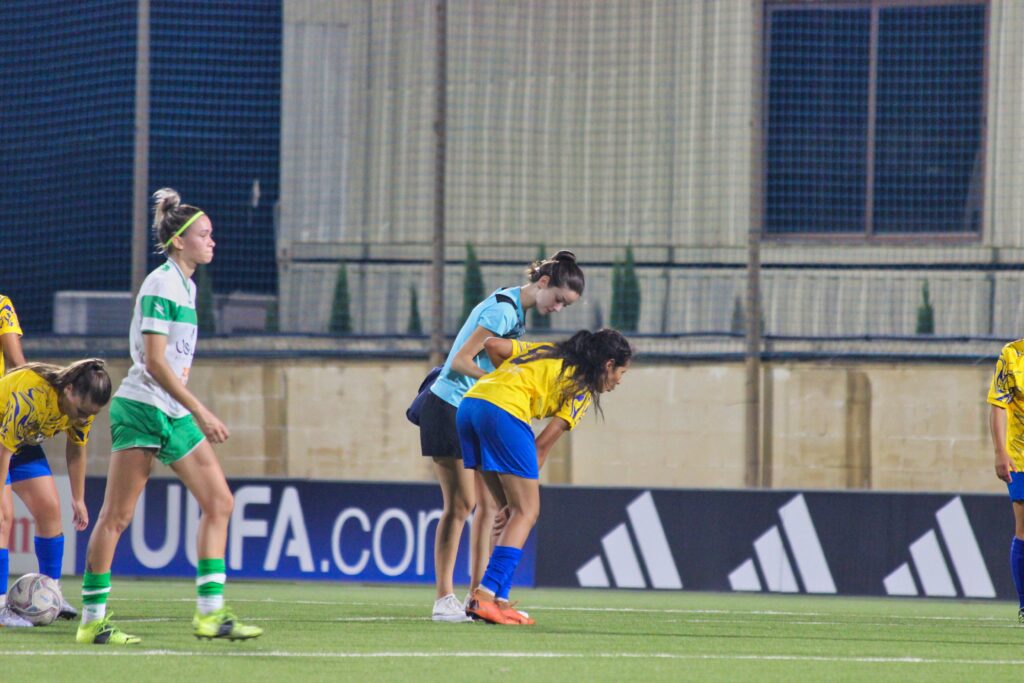
Another positive was the effort done to promote the domestic women’s game. While several entities took to this with their own efforts and perspective, there is no doubt that Hibernians and Birkirkara were at the forefront. Both brought their own separate creative spins, targeting different elements but both contributing effectively.
In measurable terms, the biggest win in this regard was Birkirkara’s approach to combining their men’s and women’s Super Cup final tickets. This was certainly a huge push for the women’s Super Cup final between Birkirkara and Swieqi United to register the largest domestic attendance record for a women’s match of 671 spectators.
Meanwhile, there was another boost in the number of live broadcasted matches between December and March, following which the live broadcasts, sadly, dipped. This included high-stakes league-title deciding matches that were shelved for off-peak broadcasts in favour of foreign products. Such instances smack of the issues raised in a previous article. However, live broadcasting was revived in the final of the Assikura Women’s Knockout. All in all, there is plenty more to be done to engage attendees to become true supporters of the game. However, this is a start.
Is there more?
Well, one certainly hopes so, but it will be some time before season 2024/2025 kicks off. For the football fan in the stands, the season review brings with it the dawning reality that there’s a scarcity of football waiting around the corner. As club competitions close in the coming weeks across the board, the drought will not be too long as the FIFA-wide international break dawns between the 27th of May and 4th June. International fixtures promise more excitement, with European focus returning on the UEFA Women’s European Qualification matches.
Women’s football returns in Malta in the form of the Malta Women’s National Team who host Bosnia & Herzegovina in Group B3 at the Centenary Stadium on the 31st May at 19:30.
Lead Image: Lara Schembri
Stay up to date by following The Sporting Fan on social media: Instagram ~ Facebook ~ X
